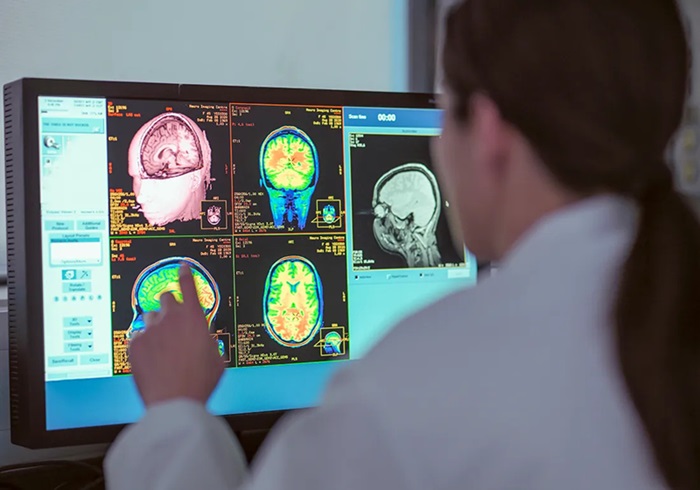MRI Provides Early Warning System for Glioblastoma Growth
Posted on 02 Oct 2024
A new study has demonstrated the potential of combining imaging with radiation to shape glioblastoma treatment in real time. The research is the first to quantify tumor changes in glioblastoma patients undergoing MRI-guided radiation therapy, a novel technique known as MRI-linear accelerator or MRI-linac, which integrates daily imaging with radiation. The study revealed that daily imaging can serve as an early detection system for tumor growth during treatment, offering a timelier signal than standard imaging. This finding suggests that MRI-linac could be used in the future to rapidly adapt treatment during radiation therapy.
Researchers at the University of Miami Sylvester Comprehensive Cancer Center (Miami, FL, USA) tracked 36 glioblastoma patients over a six-week course of daily radiation and MRI scans using MRI-linac. The data from these daily scans were then compared to traditional imaging methods, which involve a single MRI with contrast before radiation therapy and another MRI one month after the treatment concludes. While MRI-linac can be used with contrast agents, many patients have concerns about the frequent use of these heavy metals, so the study was conducted using non-contrast daily scans. Typically, brain radiation is guided by X-ray or CT scans to position the patient under the radiation beam, but these scans only show the position of the skull. MRI-linac, however, allows clinicians to observe changes within the brain itself.

The study published in the International Journal of Radiation Oncology – Biology – Physics, revealed that in 74% of participants, the MRI-linac imaging results aligned with standard pre- and post-treatment MRI scans, both of which assessed whether the tumors had grown, shrunk, or remained stable during radiation. In the remaining 26% of patients, MRI-linac detected tumor growth even when standard imaging suggested tumor shrinkage. Although daily MRI scans did not always match the contrast imaging results, they successfully identified all cases of true tumor growth. This indicates that MRI-linac could be used as an early signal of potential tumor growth during radiation therapy, which could then be confirmed through contrast imaging. The technology may ultimately enable faster adjustments to treatment based on real-time tumor changes.
Daily imaging with MRI-linac could also be valuable beyond detecting tumor growth. If a tumor is shrinking, the radiation field could be narrowed to more precisely target only cancerous tissue. Additionally, most glioblastoma patients undergo surgery before radiation, and the size of the surgical resection cavity, where the tumor was removed, often decreases as the brain heals. Monitoring this shrinkage over time and adjusting the radiation field accordingly could help protect healthy tissue. In this study, the researchers monitored changes in both tumor size and the surgical cavity. The research team plans future studies to explore MRI-linac’s ability to guide treatment decisions during radiation therapy for glioblastoma patients and other types of brain cancer. Since few clinics currently use MRI-linac for brain cancer treatment, this study is among the first to show that glioblastomas can change significantly during radiation. The researchers aim to leverage this knowledge to improve outcomes for patients with this often-deadly form of cancer.














